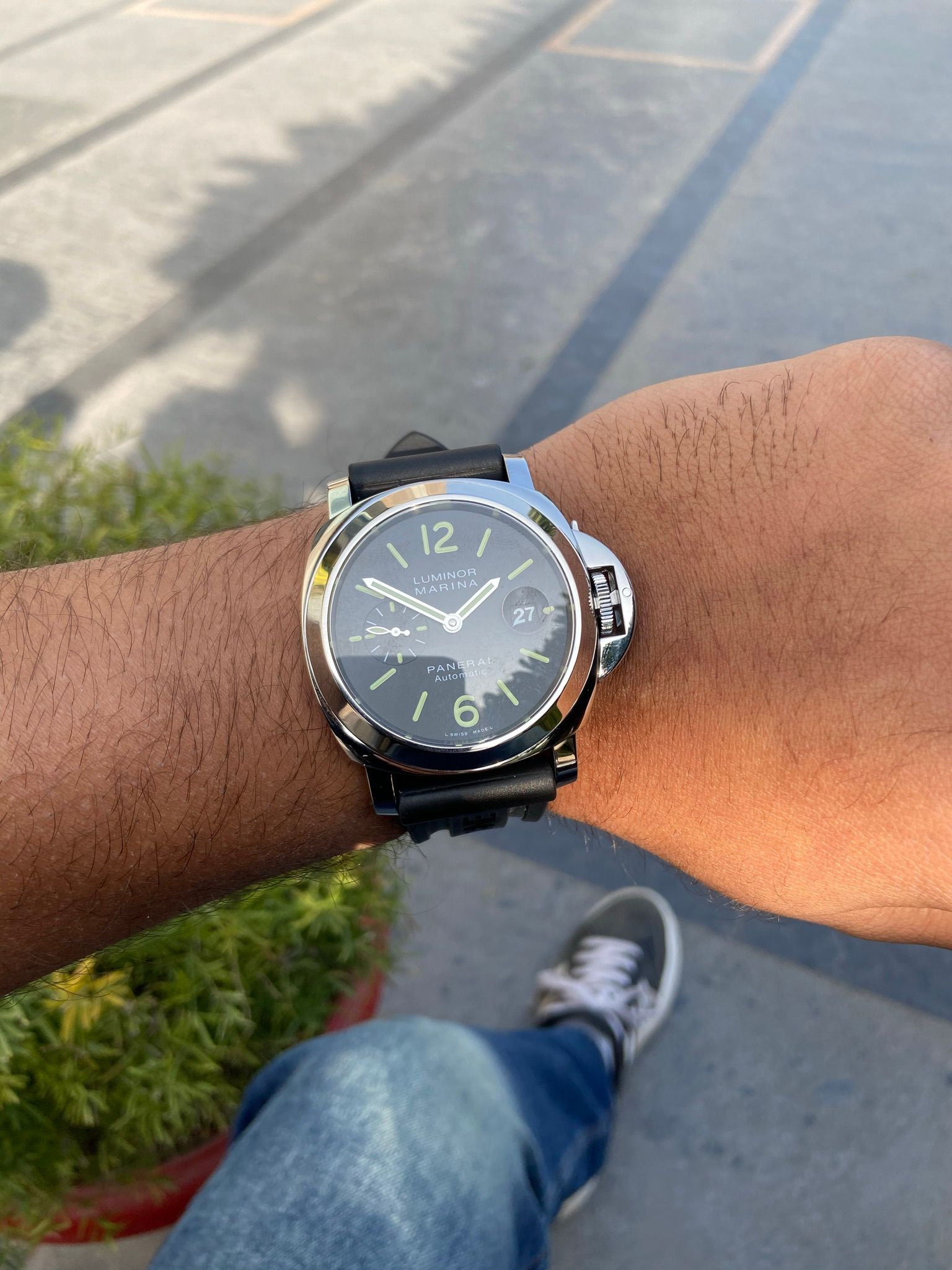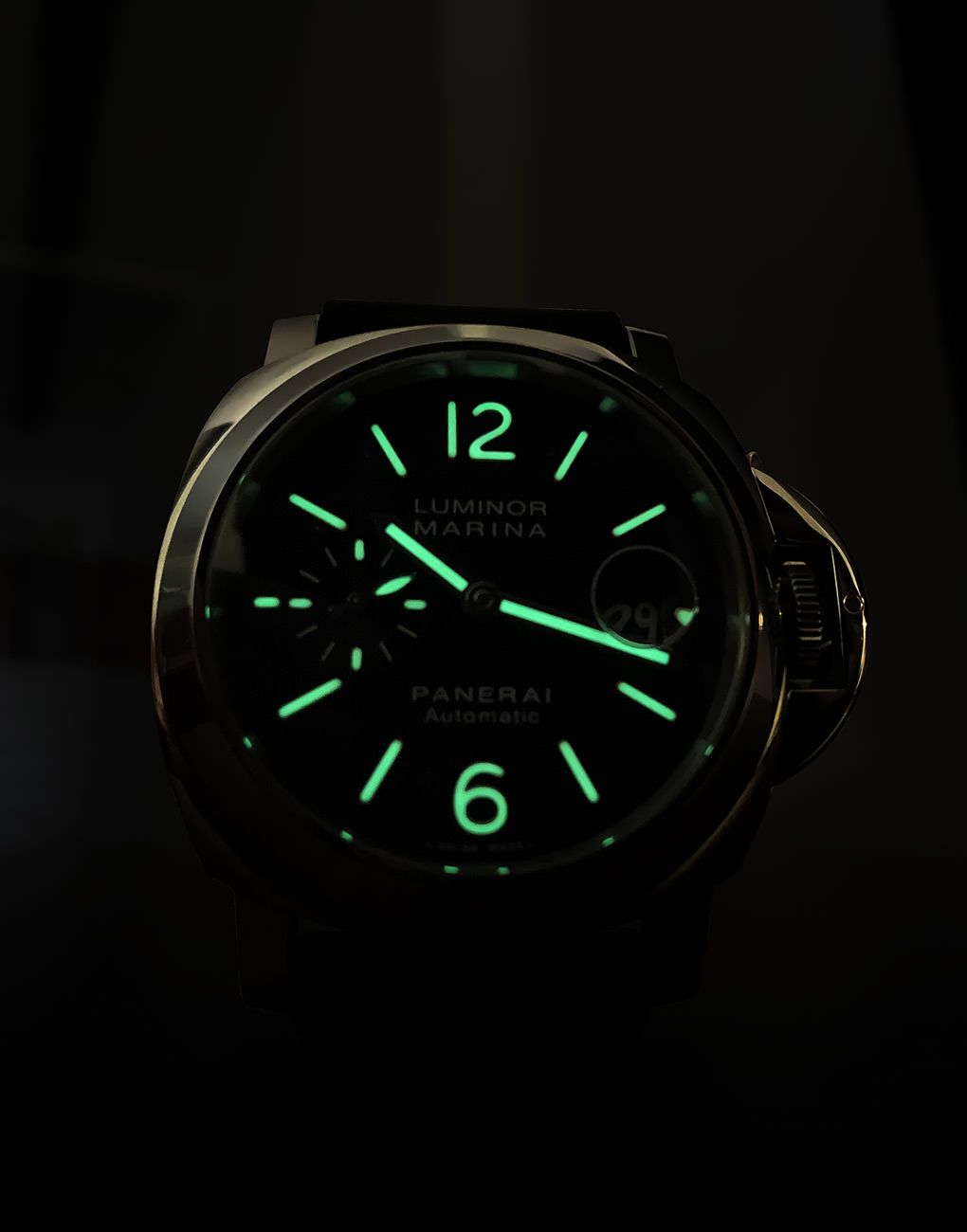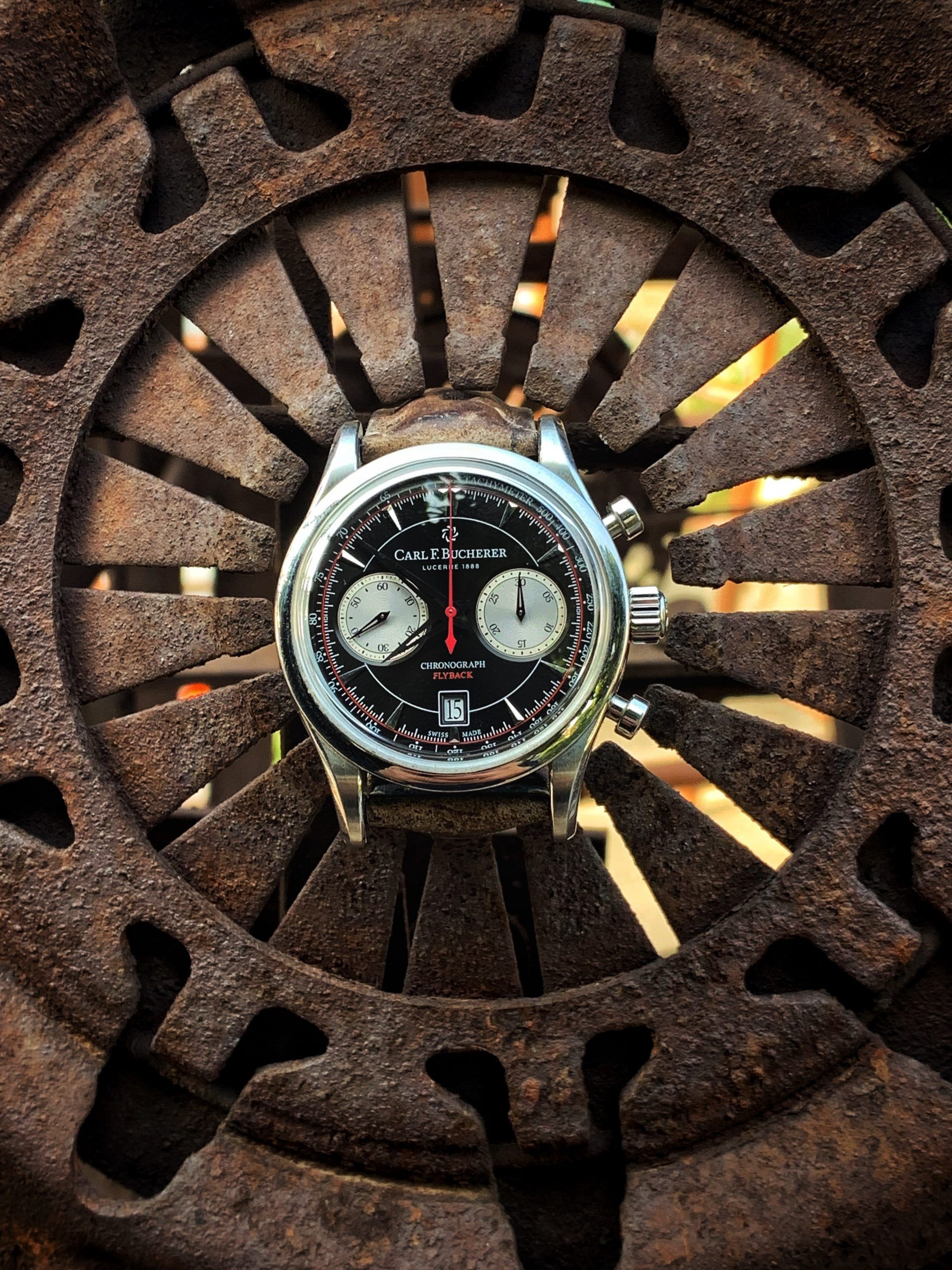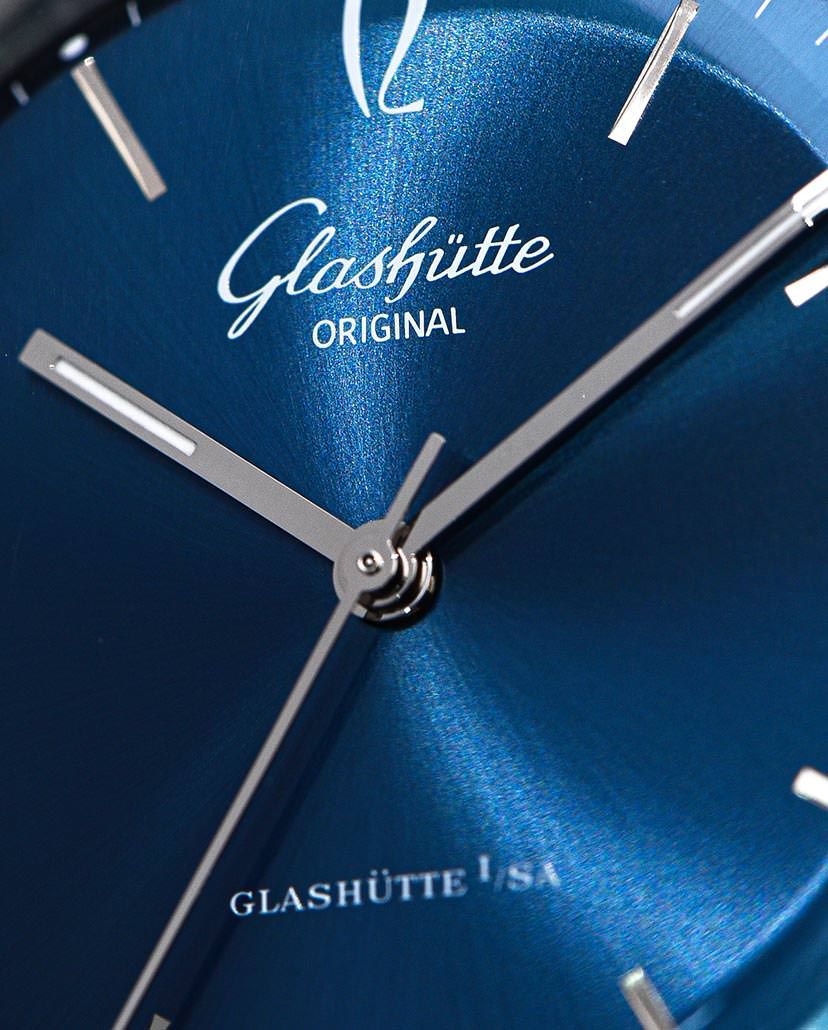FeatureA Guide To Levelling Up Your Watch Photography Game For Instagram
A good watch deserves a good photo. And a good photo needs an excellent photographer, but you don’t need to be a professional for that. Here are some tips that are sure to help you get there
May We Recommend
Alright, so you bit the bullet and finally purchased the watch you’ve been fawning over for a while. You look at your wrist in childlike wonder and immediately decide that the world must see what you’re seeing. You whip out your phone and go about rapidly filling its storage with countless photographs throughout the day, under different weather and lighting conditions, hoping to get that perfect shot right off the bat. But when you get to reviewing your still-life masterpieces, the best one probably looks something like this one below.

Having been desensitised by the myriad extraordinary watch photos that Instagram beams at us with every flick of the thumb, your own shots can come as a bit of a bummer in the beginning. But that doesn’t mean you rush to an electronics store to drop a rack on the latest camera. There’s much more to shooting watches than using a particular lens or the most expensive camera. And this is something that needs to be clear from the get-go. Good watch photography or just good photography, in general, is a combination of technique, creativity, the driving story—all garnished with a bit of luck. The equipment you use is never the limiting factor to what you create. With this in mind, we thought it’d be fun to break down some critical aspects of watch photography and what you can do to up your game for the ’Gram.

The Basics
Most of what you’re going to see here has been captured using an iPhone XS (see, you don’t even need the latest Apple release; much less the iPhone 12 Pro Max). The XS has an excellent camera with a balanced lens setup—a 12-megapixel f/1.8 wide-angle and a 12-megapixel f/2.8 telephoto—which allows for variety in shots. And we’ve carefully selected four very different watches featuring an array of textures, colours and styles for the same reason. But before you even open the camera app, here are some things you should do.
Grab a micro-fibre cloth and try to clean the watch thoroughly. Although you may not be able to achieve a completely clean and dust-free timepiece, this step can save you hours of having to remove specs of dust and fingerprints in post-production.

Set your hands to 10:10. We have an entire article explaining why you almost always see a watch’s hands in that position, which you can read here. Briefly put, it provides symmetry and a clear view of the brand emblem, which is commonly seen below 12 o’clock. This is something most miss out on, including us at various times during this shoot. But going the extra step will result in consistent and aesthetically pleasing photographs.

Composition
Knowing what a photo should look like before you even click it is something that should be second nature to a good photographer. This is something that comes with practice, but try visualising what you want the end result to look like, and start working on the image from that point. Sometimes your composition is spot-on right away. Most of the time it takes you at least half an hour. The idea is to make the watch look as interesting as possible, whether it lays on a flat table with props, or on your wrist.

Lighting Is Key
Ask any photographer what the single most important facet of photography is, and the answer with enough certainty will be the lighting. Lighting can make or break a photo, and knowing how to use it to your advantage will unlock the next level of your photographic journey. Natural light is what you’re going to be using most of the time and that’s also where you need to be honing your skills as a photographer. Because once you know how to manipulate the sun, everything else is a piece of cake. The time to shoot with natural light is ideally during the golden hour (the first hour of light just after dawn) or when the sky is overcast, essentially rending the heavens as a soft light source. If you’re indoors, you can use a window as a directional light. But remember to use a reflector (either a sheet of white paper or something reflective like an aluminium- or tinfoil-lined sheet) which helps bounce light onto your subject, lighting it more evenly for that perfect shot.

If you want your photos to look as professional as the ones you often see on watch websites, you need, at the very least, a basic lighting setup—a soft box, a good table, some reflective material and things with interesting textures that can be used as props. The most technical part of this setup, the soft box, is extremely simple to create yourself and you can find countless do-it-yourself (or ‘DIY’) videos on YouTube that take you through the process. Once you’ve figured that out, the only thing left for you to do is to let your creativity run wild with the props and arrangements.

‘Wristies’
Odds are that wrist shots—or ‘wristies’ are they’re often referred to as—are what you’ll be shooting most of the time. And while in theory it sounds like the easiest, it’s also where the majority fumbles. There’s absolutely no control over lighting, and the watches don’t make it any easier with their many reflective surfaces leading to glare, bet it the glass, the satin-finished steel, a glossy ceramic bezel perhaps, the bracelet and so on. When it comes to wrist shots, it’s all about trial and error as the variables are infinite. Considering the watch is supposed to be the star of the show, play to its strengths. If it has a sunray-finished dial, show your audience why it’s called that. Also, try to tell a story with your wrist shot. If you’re vacationing in the Bahamas, show the bright sand and blue water out of focus in the background. If you’re wearing interesting shoes, stand up and bring them into the shot. If you’re in a fancy car, hold the steering wheel and get it in the frame. Just like wine is better with the right cheese, your timepiece could do with good pairing as well.

Pro tip: If you’re outdoors, you can creatively use your surroundings to create a good photo. Don’t shy away from asking your friend or partner to help you out for that cool angle.
Flat-lays
Flat-lays and table-top shots are where you can hone your creative and technical skills the most. Find props that give the photograph interesting textures and choose colours that complement the timepiece. Here’s where the soft box we were talking about comes to play. See what the phone camera sees and adjust your light source accordingly. You can also manually adjust the exposure on an iPhone by sliding your finger up or down on the sun icon that shows up next to the focus box. If one half of the subject is well lit and the other drowns in darkness, use a sheet of white or reflective paper to bounce light off of the source to light up the dark side.
There is no right or wrong when it comes to arranging props. It also depends on what you’re going for. Having a mix of different angles between the subject and the various props generally helps in achieving a natural look, but sometimes you do want a neat layout of parallel lines and right angles. What ultimately matters is how aesthetically pleasing the final result is. So it’s a matter of trial and error and of course personal taste.
Getting Serious With Macro Photography
Macro photography can be particularly important when it comes to taking watch pictures. It’s where the minute details that might not even be apparent to the naked eye become the subject of the photograph. A watch is already quite a small object, but fine watch makers go all out to meticulously detail their offerings, especially when it comes to the dial and the movement. To dive into the tiny world of macro photography, you usually need some serious gear. And you need to remember that lighting is key, especially for this genre. Our in-house photographer uses his trusty Nikon D750 paired with a 105mm f/2.8 macro lens for his macro shots. However, there are some phones that do exceedingly well up-close, for example, the newly unveiled Samsung Galaxy S21 Ultra.
Editing
This is ideally where you should be spending most of your time. Avoid using generic Instagram filters on the photo you just took to save time. Instead, learn the craft. Once you get the hang of it, a bad photo will become a good photo, and a good photo will magically transform into an excellent one. The result you’re looking for is a well-exposed shot, not too dark nor too bright, perfectly focused, with the colours coming as close to real-life as possible. We use Adobe Lightroom and Adobe Photoshop to edit our photos, but you can use whatever you want. Our pick would be the free Lightroom app for your phone. It provides excellent control over your photos and you can even save your own pre-sets, in case you want to use them over multiple photos.

These topics that I’ve skimmed over are exceedingly vast and one can write individual articles for each point covered. However, if you’re reading this and it inspires you to shut this internet tab and open your camera app to try and click a few photos of your watch, my work here is complete. Thanks for reading.
Note: All the watches featured here are available to purchase on Second Time Zone, the leader of pre-owned luxury watches in India. You can visit the site here.










